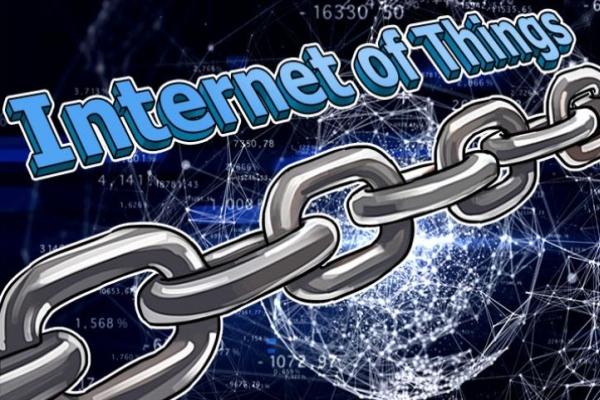Published on the 22/09/2016 | Written by Donovan Jackson

Billions of sensors to connect…to what?…
The predictions for the number of ‘things’ which will be connected to the internet are dizzying, numbered as they are in their billions. But just how will they connect, given that even the near-ubiquity of wireless LANs is in no way a solution to allow tiny devices to readily hook into an available SSID?
Michael Welzel, Direct Control CTO, gets straight to this issue. “There’s a lot of talk about IoT and you’ll see plenty of pictures of clouds and devices – but ask yourself, how do you get a temperature sensor, for example, to deliver its information into the cloud?”
The answer to that is a long range, low power network designed for just that purpose. We’ve already had a look at SigFox, the network being rolled out around New Zealand by Kordia, but that isn’t the only one going into the market. A second is LoRaWAN, the name of which comes from a contraction of Long Range -and the obvious, WAN.
Welzel explains why a low-power network is necessary. “It’s a cost issue. Presently, for tracking and monitoring devices, you’re looking at $10 to $15 per month. LoRaWan or SigFox means a cost of around $5 per year. Then there is battery life. The low power requirements of IoT specific networks mean batteries will last for up to 10 years.”
Direct Control and Welzel are appearing at the Facilities Integrate exhibition taking place in Auckland this November. He said the company is in the advanced stages of supporting a rollout with sensors and applications which will enable local LoRaWAN solutions.
While conceding that there isn’t yet a clear cut ‘killer app’ for the IoT, Welzel however said there is definite ‘low hanging fruit’. Among that is the simple deployment of sensors in office buildings across New Zealand.
“Right now you have a lot of premium office blocks equipped with building management systems which are 15 to 20 years old. There is a second ‘mid-tier’ which have no BMS at all. The basic building data of all these buildings, premium or mid-tier, is virtually unmonitored,” he said.
What’s the opportunity? Just one example: up to 70 percent of electricity cost goes into maintaining temperatures. Equip those buildings with an IoT temperature sensor, transmit that data over the LoRaWAN and a considerable opportunity for cost saving is presented.
Welzel said that once the infrastructure is in place for the IoT, the number of use cases will explode; he equates it to the nascent internet of the 1980s. “Back then, nobody could anticipate what the internet would become. Nobody could anticipate Facebook being more valuable than BP or General Electric. It’s the same with the IoT.”
But first, the building blocks must be set in place; and as the IoT moves from talk to action, Welzel said possibilities that can’t yet be imagined, will rapidly start to emerge.
Register free for Facilities Integrate.




























Michael mentions the low hanging fruit in IoT but what must come first is a network for the IoT devices to connect to. I recently have had some discussions with Michael and he agrees that both Sigfox and LoRa will create some very interesting opportunities to the NZ and Australian market.
Thinxtra – the NZ and Australian Sigfox Network Operator see a massive opportunity in building locally made products for verticals like facilities management. http://www.thinxtra.com/partners/ Is a handy reference for those looking for eco system partners.
The Sigfox network is now across 65% of the NZ population and we are not talking just one base-station on the Sky Tower and saying the area is covered ,Thinxtra has installed approx 11 across the City. I live in Whangaparoa but get a great signal from the 2 closest towers in Pinehill and Waiwera.
See you at Facilities Integrate.